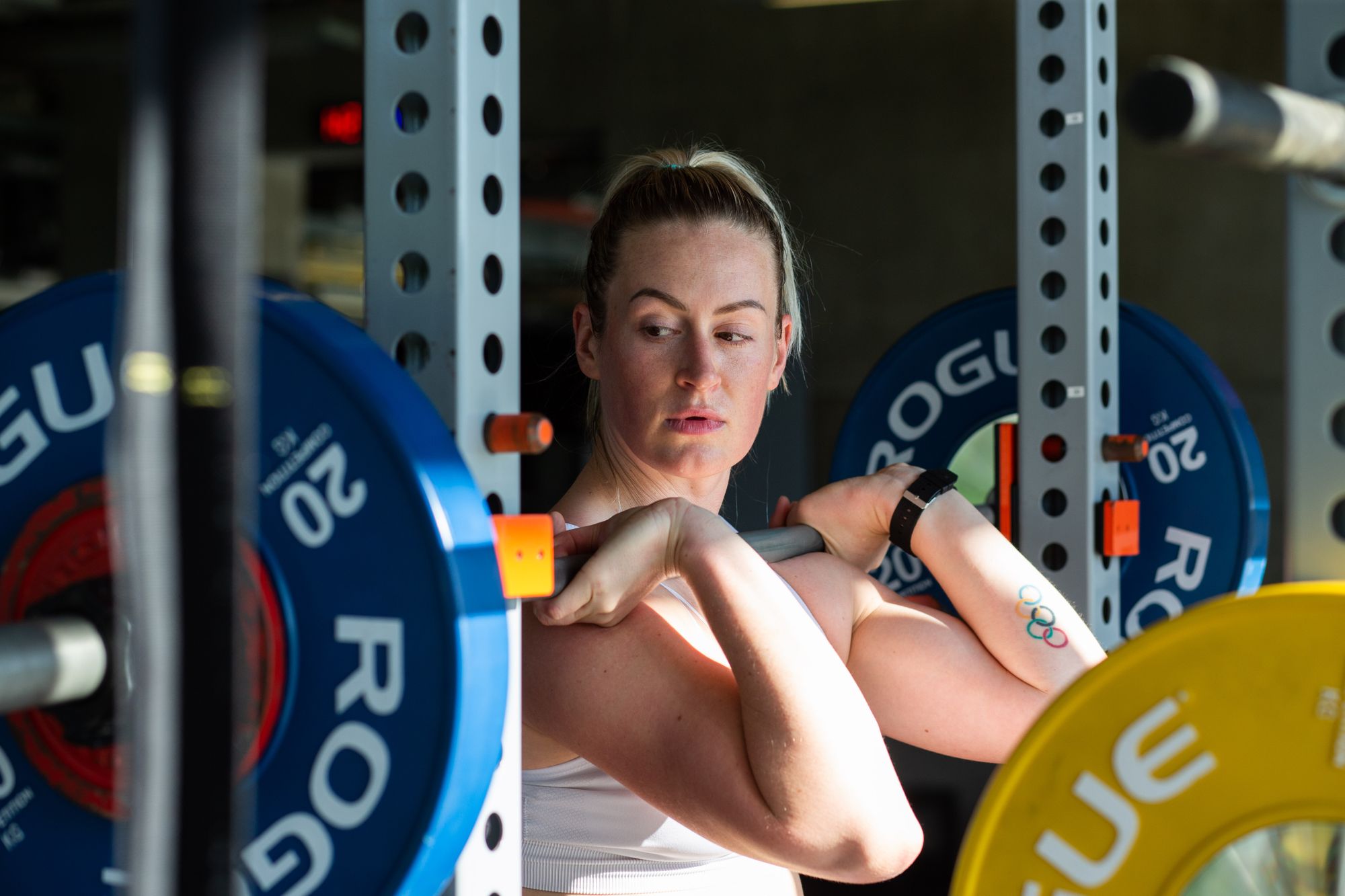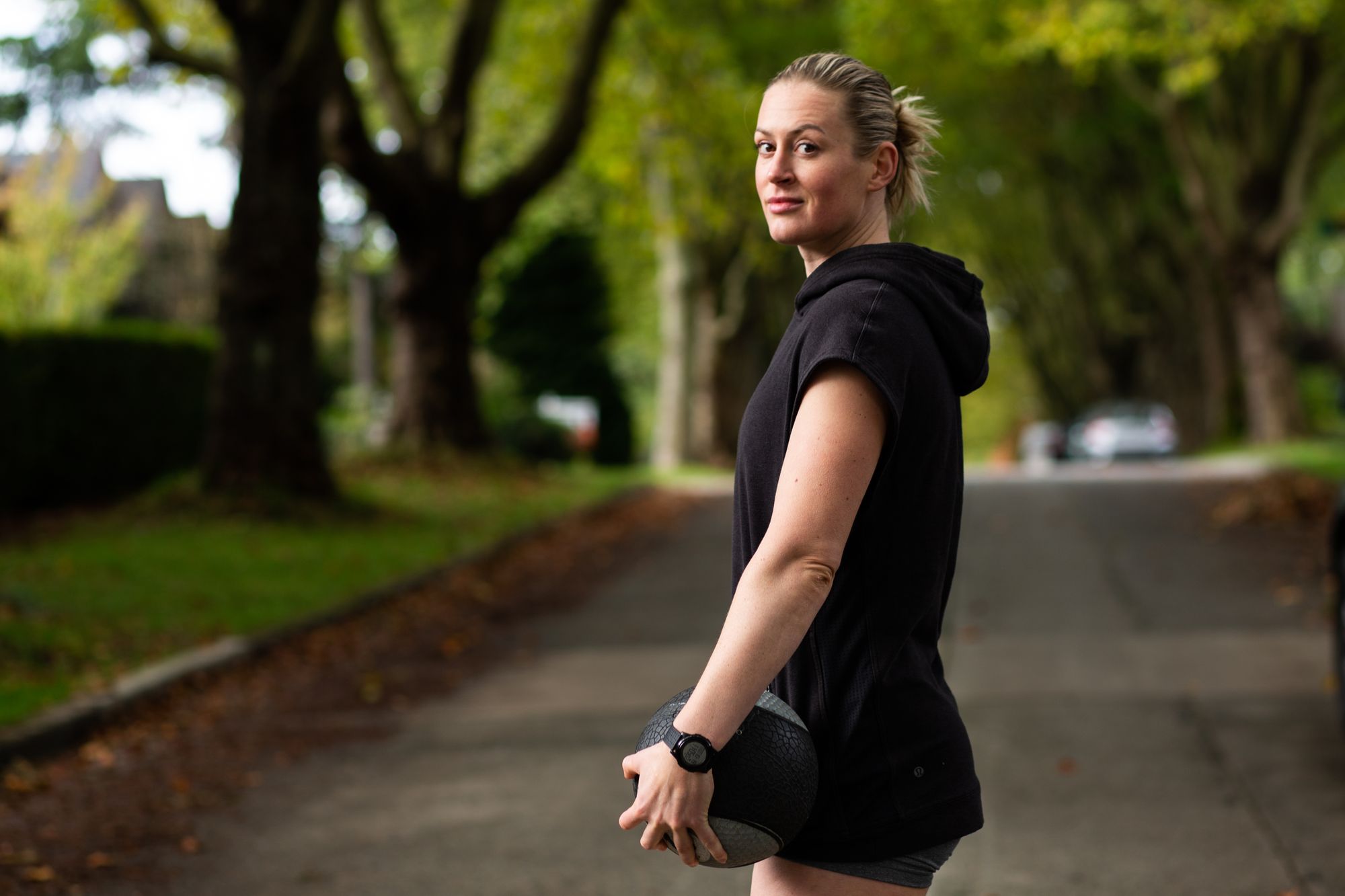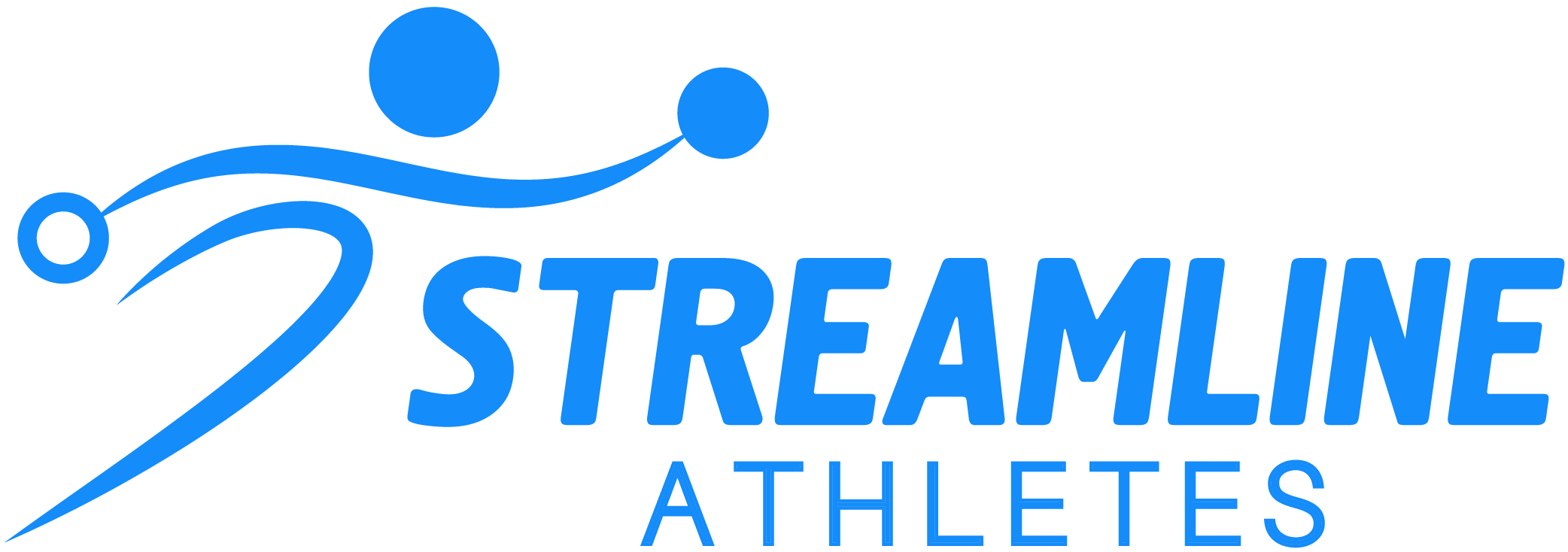Integrating New High-Performance Habits with Olympian Liz Gleadle
One of my favorite things about sport are the moments I knew I’d leveled up as an athlete - they’re euphoric. Working diligently towards any goal and then achieving it, is empowering and motivating.
I always worked hard and showed up to practice, but the pace and atmosphere of varsity life can be grueling. In my first few years of university, the trajectory of my performances crawled forward, whereas in high school they’d lept. I was SO frustrated.
This is when I started looking at how what I did off the track, affected what I did on it. In 2009, I committed to a few recovery-based habits: I shattered my personal best, broke the Canadian Javelin Record, and became obsessed with high performance habits.

Having a great work ethic and a ton of grit helps us become great athletes, but working smart can streamline your energy into unprecedented growth and results.
“Working smart” isn’t about doing more, but doing differently. The goal is to enhance training quality and recovery speed, without a complete lifestyle makeover.
Here’s the thing: when athletes decide to up their commitment to improving, they either:
- Work even harder (intensity, additional workouts), but then might get injured, overtrained, or burnt out.
- Take on a slew of complicated, time-consuming, and intense habits - but then get overwhelmed, and drop them.
- Want to try new high performance habits, but don’t know where to begin.

Here are a few guidelines for successfully integrating new high-performance habits:
1.Get out of the red, before you make the green greener
If your diet is ok, but your sleep routine is atrocious - work on sleep first.
If you’re underslept, under hydrated, or living off of McDonald’s, you’re likely reaping a fraction of the growth you could be from your training.
2. Start with high-yield, short duration, easy/inexpensive habits
Eat protein and carbs within 45 minutes of working out: it keeps your muscles insulin sensitive hours longer, and allows them to absorb more carbs to refuel and repair. Which means: less muscle soreness, recover more fully for the next workout, and build more muscle (also increasing metabolism).
Compare that to counting macros for every meal: it can be annoying and time consuming, which makes it harder to keep up. Also, breaking open a calorie counter at dinner may make you a social pariah.
3. Aim for better, not perfect
If you only did your post-practice stretching routine ⅗ times this week, you still improved your mobility. 60% of something is better than 100% of doing nothing.
Acknowledge and celebrate daily growth and wins.
4. Set the bar for success at the minimum effective dose (MED).
You need to show up consistently before you attempt to show up intensely. You need to train “showing up” fitness, before you add intensity - like base training before sport specific training.
If you know the MED of a habit, then you know the specific pay off you’re getting from a small time investment. If you don’t know the MED, then the habit can feel like a waste of time.
For example: Meditation starts to be noticeably effective at 1 minute: blood pressure and heart rate drop, cortisol drops if it’s too high from stress, and blood flow in the brain moves away from the amygdala (fear/ego) and towards the prefrontal cortex (rational thinking - the most evolved part of your brain). Inducing this state allows you to make better decisions.
Eventually you may meditate longer, but you know there's a significant benefit after 1 minute.

Playing with new routines and systems gives you more awareness and power over the direction of your athletic destiny. Have fun with it, and enjoy being your own science project.
Processing your application
There was an error sending the email, please try again

